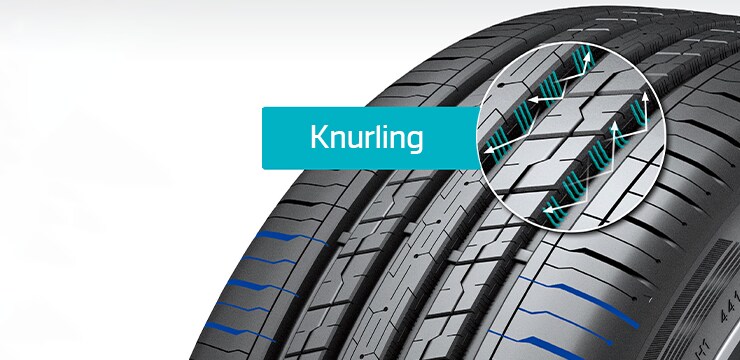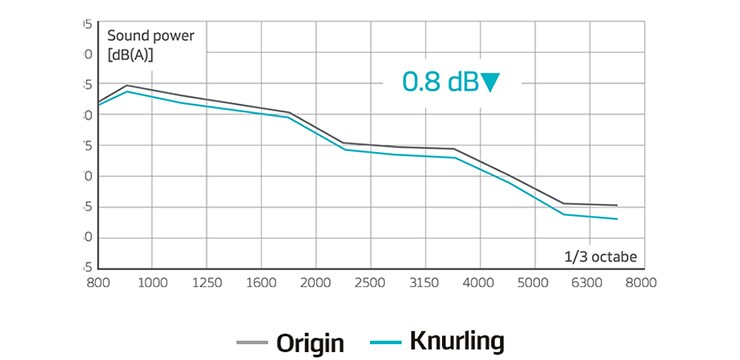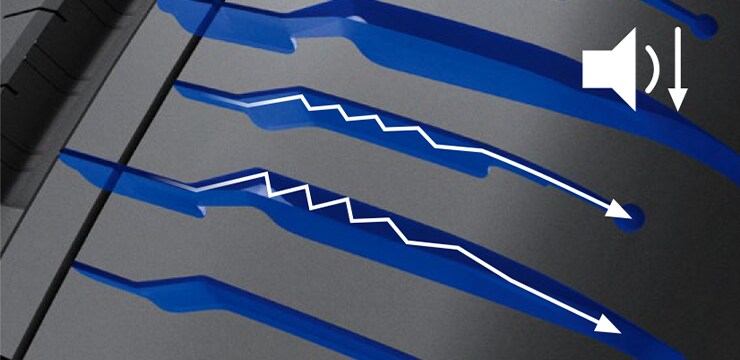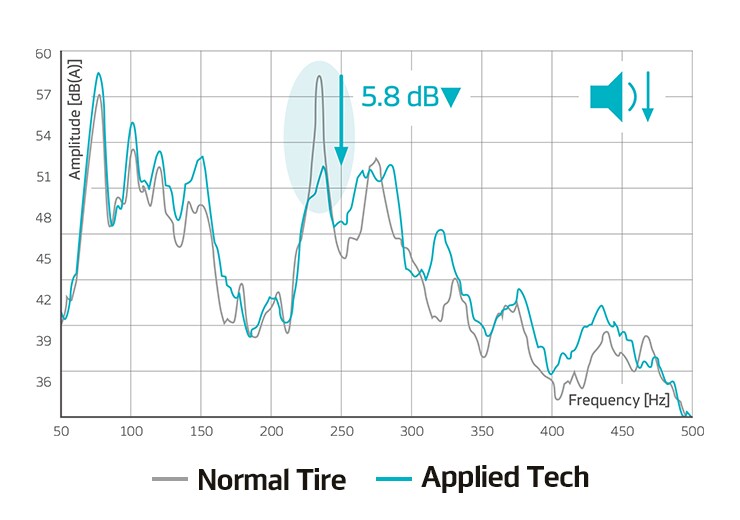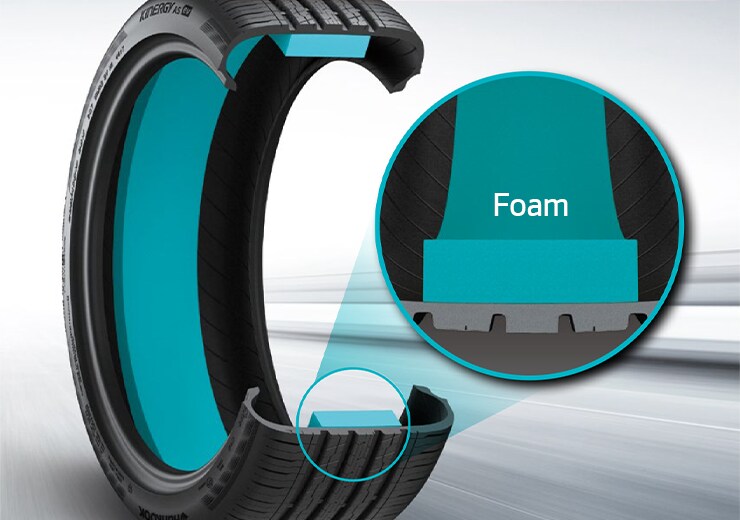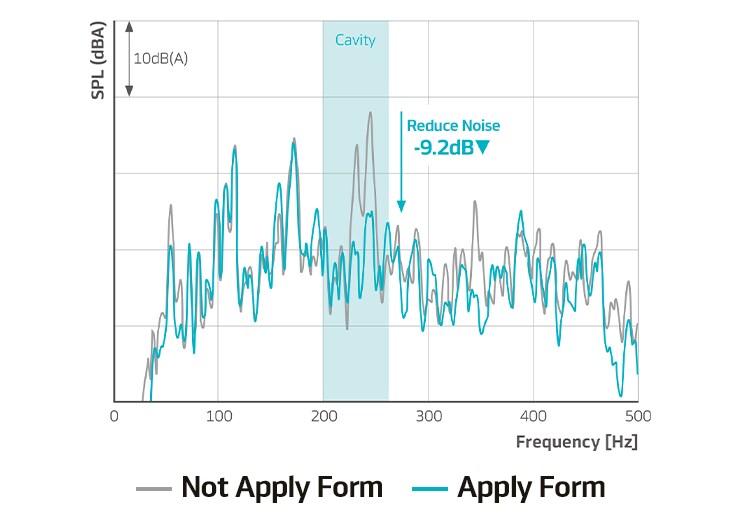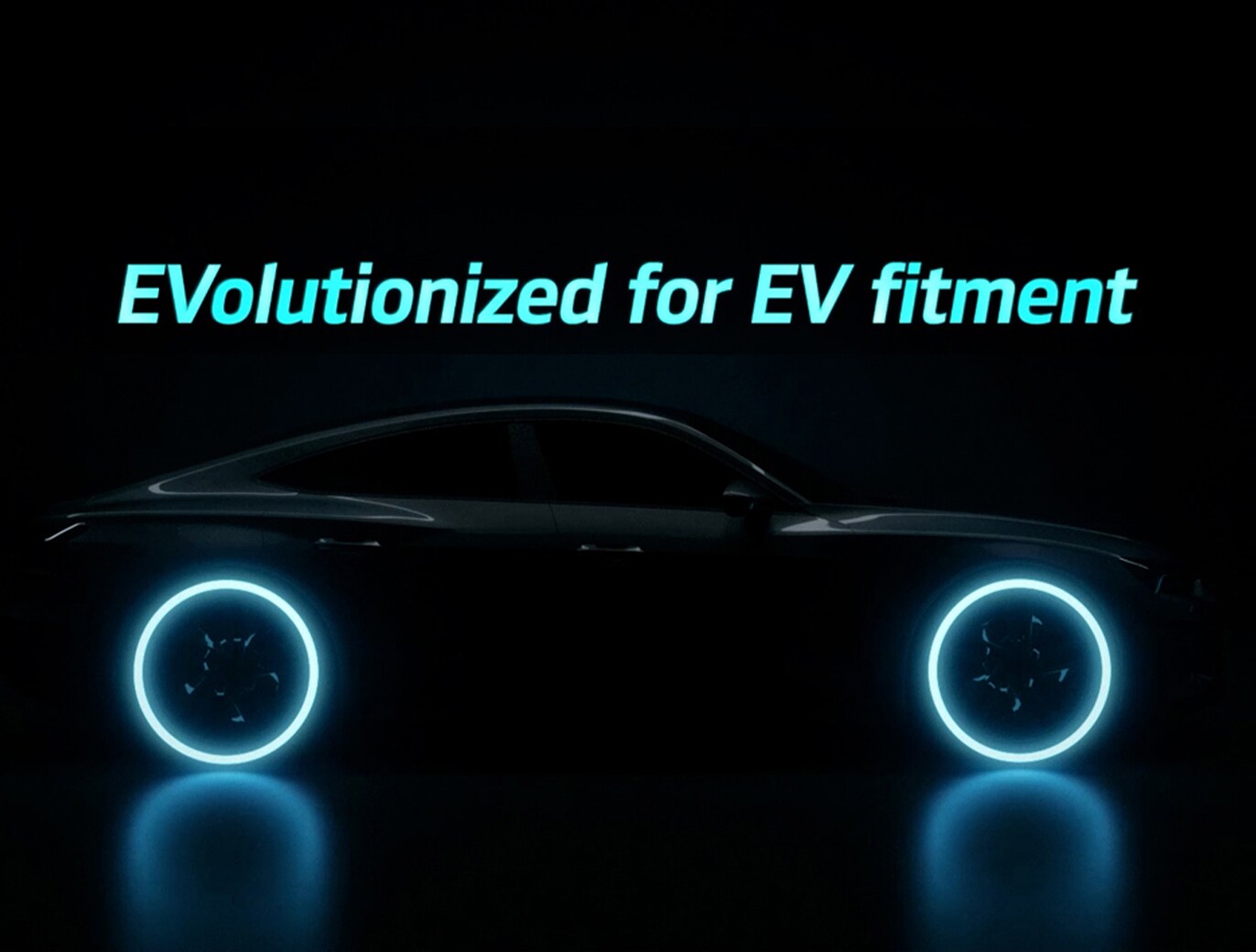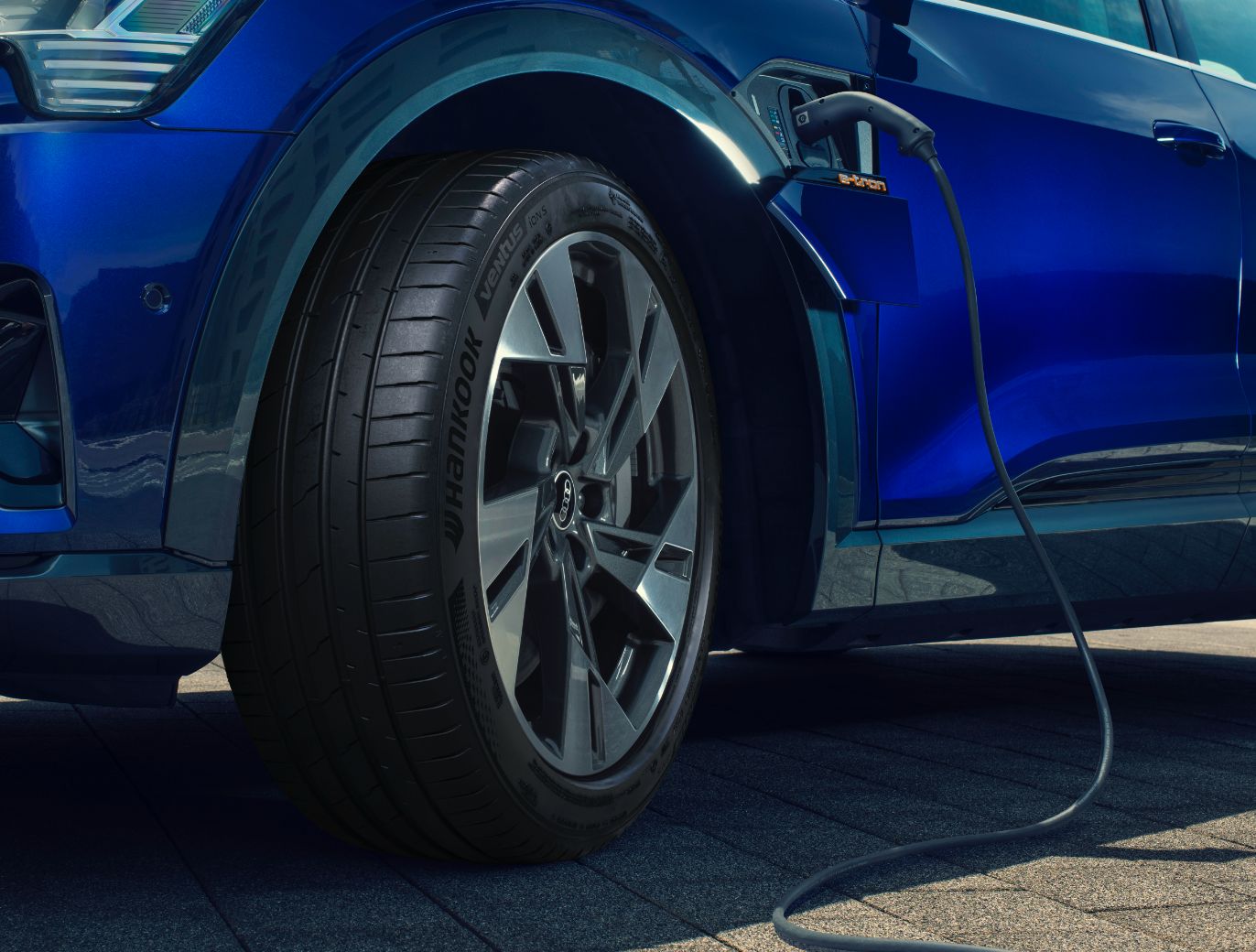Emphasizing The Ideal State of Tires in the Age of EV
“Quietness” and “Eco-friendliness” are virtually synonymous with electric vehicles. But what does it really mean? Simply put, we are moving away from loud engine noises and environmental issues caused by exhaust gas. However, simply replacing the powertrain with an electric motor does not automatically yield such values of the electric vehicles. Achieving the true potential of the value of EVs requires a more in-depth and comprehensive approach to the research activities in the automotive industry.
Tires, the only component type with over 30,000 parts used in a vehicle that comes into contact with the road surface, require omnidirectional research and improvements to accurately address the needs of electric vehicles. At the center of it all lies highly complex acoustics research. If you are asking, “Aren't EVs naturally quiet?” then the answer would be Hankook Evolution Technology solution. / If someone asks, “Aren't EVs supposed to be silent?”, Hankook Evolution Technology, who created its own unique secret to low noise, will provide the solution.












